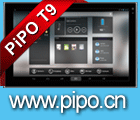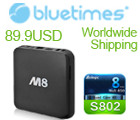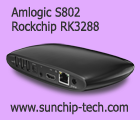3D as cinema magic – is just the beginning! A broad array of research bodies ranging from research institutes, private sector development labs and universities to radio stations and TV companies and telecoms are now engaged in planning and developing 3D production, 3D content, and 3D distribution. Yet most of these initiatives are standalone with little or no contact between them. The 3D Innovation Center Berlin offers the whole cast of actors a platform and a pre-competitive environment where they can exchange views and opinions, build contacts, put their products and systems to the test and present them jointly to a diversity of target audiences. The ready availability of know-how covering the whole 3D systems chain will generate new synergies – in terms of product development, marketing and sales as well as market positioning and public relations.
The 3D Innovation Center Berlin is:
– a showroom for products, prototypes and ideas
– a development platform and testbed for 3D technologies, applications and infrastructures
– an R&D lab for projects, innovations and standards
– a communication platform for providers, users and the general public
– a transfer platform for expertise and professional training
– a marketing instrument for advertising, sales and PR
– a pool of resources for experts, know-how, and marketing and target audience data etc.
The establishment and organization of the 3D Innovation Center is in the hands of the Fraunhofer Heinrich Hertz Institute, The 3D Innovation Center is planned to operate for an initial period of five years. The start-up phase of the 3D Innovation Center is funded by the German Federal Ministry of Economics and Technology (BMWi).




